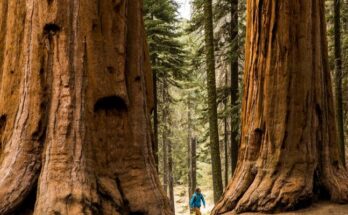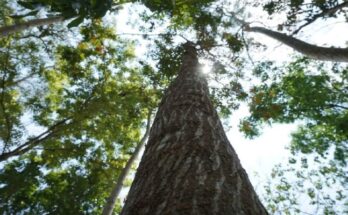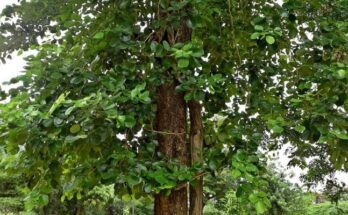|
Getting your Trinity Audio player ready...
|
About Cacao Tree
Cacao (Theobroma cacao), generally known as cocoa, is a tropical evergreen tree in the Malvaceae family that is produced for its edible seeds. In Greek, its scientific name means “food of the gods“. Cacao is grown commercially in the New World tropics, as well as in western Africa and tropical Asia, where it is native to lowland rainforests of the Amazon and Orinoco river basins. Cocoa powder, cocoa butter, and chocolate are made from their seeds, known as cocoa beans.
4 Type of Cacao Tree: Cacao is Grown in Four Different Varieties.
1. Criollo Cacao Tree
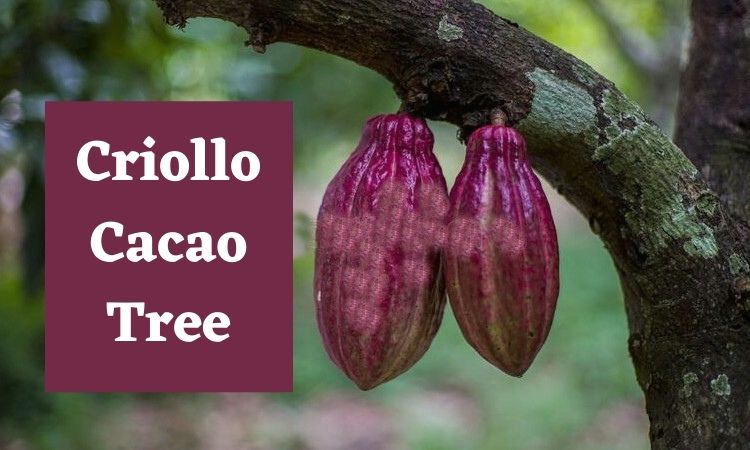
The Criollo tree is native to Mexico and Central America, and it produces exceptionally high-quality cocoa beans. It is primarily grown in South and Central America. The yield isn’t particularly high. There are several Criollo types grown in Venezuela, including “Chuao,” “Porcelana,” “Puerto Cabello,” and “Carupano.” When producing chocolate, Criollo beans are frequently combined with other cacao kinds.
2. Foraster Cacao Tree

The Forastero is widely grown in Africa, as well as Central and South America, and accounts for over 80% of global chocolate production. This tree grows faster and produces more cocoa than other cacao varieties. There are several types grown in Venezuela, including “Carenero Superior,” “Caracas Natural,” and “Rio Caribe”. The Forastero “Amenolado” type is mostly grown in Ecuador and produces delicate, aromatic beans.
3. Trinitario Cacao Tree
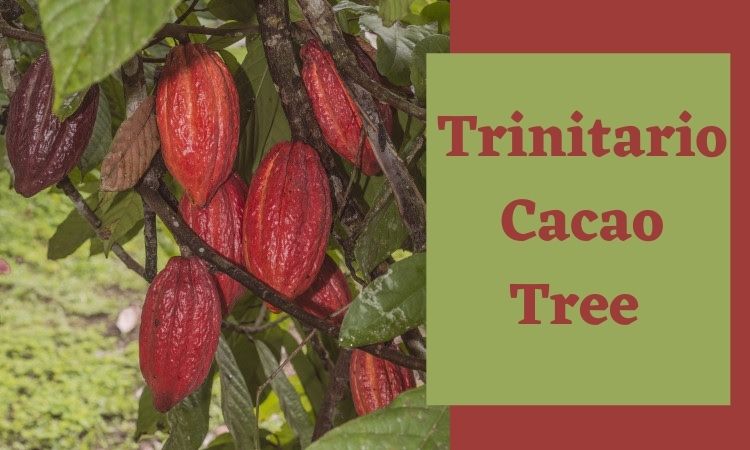
The Trinitario is a hybrid between the Forastero and the Criollo, and it is primarily grown in Central and South America, as well as Asia. Criollo provides the aroma, while Forastero provides disease resistance and yield.
4. Nacional Cacao Tree
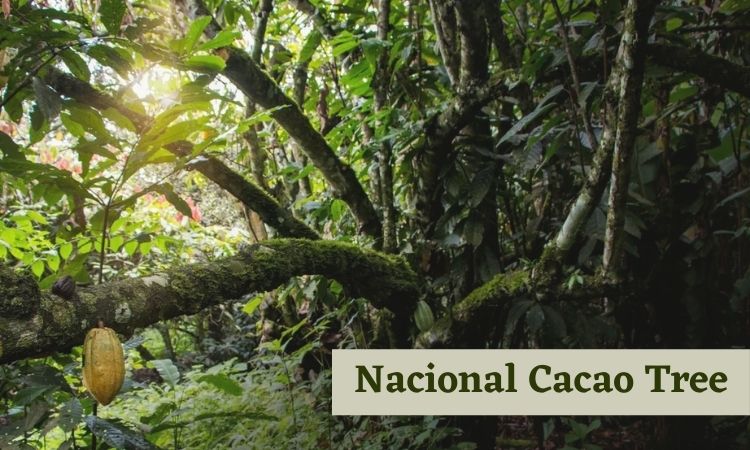
The Nacional is primarily grown west of the Andes in South America. It is disease-prone and difficult to grow, but it has a wonderful fragrance.
Top 10 Facts About Cacao Tree

Chocolate, unlike money, grows on trees. Some claim that the “Food of the Gods” is more valuable than the all-powerful money. You may come upon a cacao tree on your next excursion to the Amazon rain forest.
1. The botanical name for the cacao tree is Theobroma Cacao, which translates to “food of the gods” in Greek.
2. The cocoa tree reaches a height of 30 feet and produces white blossoms and multicolored fruit.
3. It takes roughly five years for a cacao tree to produce its first fruit, also known as a cacao pod.
4. The cocoa pod has a hard shell and is usually red, yellow, or orange in color, resembling a bloated cucumber.
5. The tree takes approximately 5 years to bear fruit, has a 10-year peak growing period, but can last decades.
6. Cacao pods take 4-5 months to mature, a few weeks to ripen, and are harvested with a sharp blade off the tree.
7. Cacao beans grow in specialized boxes for around 5 days before sun-drying on big trays for 1-2 weeks.
8. Cacao trees typically live to be 100 years old, but only bear fruit for around half of that period.
9. There are roughly 20 relatives of the cacao tree in the Theobroma genus of trees that do not yield cacao beans but do blossom and produce therapeutic fruits. The seeds of some plants, such as the Mocambo, are edible.
10. Ivory Coast, Indonesia, Ghana, Nigeria, Cameroon, Brazil, Ecuador, and Mexico are the top cacao-producing countries, all of which are located within 20 degrees of the equator.
Some Benefits of Cacao Tree

The benefits of planting cacao alongside other trees, such as fruit trees, include shade for the cacao tree, increased biodiversity on the farm, weed inhibition (reducing the need for chemical herbicides), and additional food and money for the farmer’s family. Cacao-growing cooperatives are shifting to a more systematic approach to organic farming, investing in pieces of training and system to ensure high harvests while protecting the environment.
Cacao-growing cooperatives are transitioning to a more deliberate approach to organic farming, investing resources in training and programs to ensure strong yields while preserving the local environment, Chemicals have been used sparingly on cacao fields in the past because growers couldn’t afford them.
Unfermented cocoa beans can be used to extract cocoa bean fat, which can then be used to make soap. Cacao butter is made from seeds and is used in skin lotions, cosmetics, and suppository bases.
For local people, the cocoa tree produces a wide range of products, including fiber for cloth, thread, and paper, wood for construction, creating utensils, and other items; and home coverings, among other things. Potassium oxide can be recovered from pod husk ash in the form of potassium hydroxide, a helpful alkaline in the saponification process.
Also Read: Information about Breadfruit Tree with Their Types, Benefits, Images, and Facts

